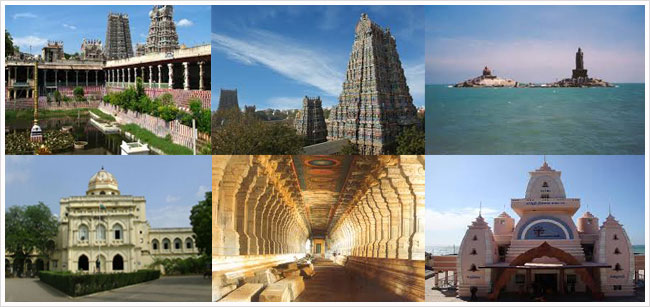A wildlife safari in India means spending quality amount of time in the jungle enjoying the beauty of nature while making the most of your tour. Wildlife photography is done by professionals who manage to capture some of the rarest and amazing wildlife pictures during their safari tour. These expert photographers have some brilliant tips for beginners who are enthusiastic about photography on their wildlife safari trip.
If you are looking forward to clicking some beautiful photos during your wildlife safari tour in India, follow these exclusive safari photography tips.

Equipment
# Zoom lens
First and foremost, the most crucial gear you will need is a quality zoom lens for clicking the best of the wildlife safari. A Nikon 80-400mm f/4.5-5.6g or 18-300mm f/3.5-6.3g are both great lenses for wildlife safari photography. Since safaris are dusty affairs, it is imperative to invest in a lens that comes with larger zoom range.
# Filter
Use a polarizing filter to increase the saturation and reducing the glare. Also, carry a UV filter on your wildlife safari trip that will save the front part of the lens from dirt, dust, moisture and scratches.
# Beanbag and Memory Cards
As you will be carrying a large lens, a camera beanbag will provide good support to your lens. In addition, take at least several smaller storage SD cards or a single large storage card so that you do not have to worry about the space while clicking the pictures.
Settings
# Activate program mode
P mode or program mode is the best setting for taking snapshots when you are running out of time to fix your camera settings. For example, when you are wandering in one of the Tadoba National Park resorts, which are near to an abundance of wild animals, you will have to remain prepared with a camera setting that will not break your concentration.
# White balance
Adjusting the white balance to daytime, cloudy, and shade will save you from clicking dull pictures, as with automatic camera setting everything will be reduced to mid-grey.
# No flash
Avoid disturbing the wild creatures that are living peacefully in their natural habitat, as well as your fellow safari adventurers, by turning off the flash.
Composition
# Try to focus on the eyes
A wildlife safari in India promises you to offer an excellent view of different animals with various features. Therefore, you might require setting your camera’s focal length to focus the eyes.
# Rule of thirds
This particularly comes in handy during wider shots of horizons. Apart from that, consider where the action in a picture will be unfolding. The intersection of two points is a basic place to begin with.
# Panning blur
This is a technique that takes a lot of practice and can be really frustrating for you to apply it properly. However, it does produce effective results, so the trick is to pan the speed equally with respect to the moving objects.
Conclusion
Finally, great wildlife safari photography requires a lot of patience and calm, as you cannot monitor the pose of a wild animal. Just be at the right place and follow the instructions of your tour guide, and you will achieve great results.





